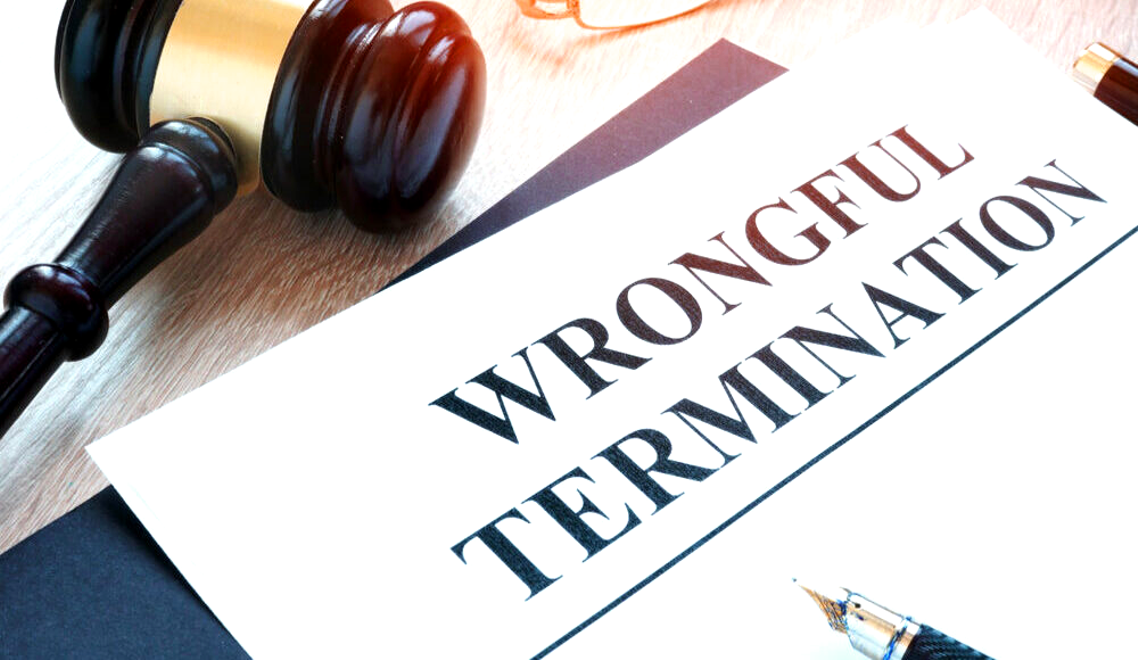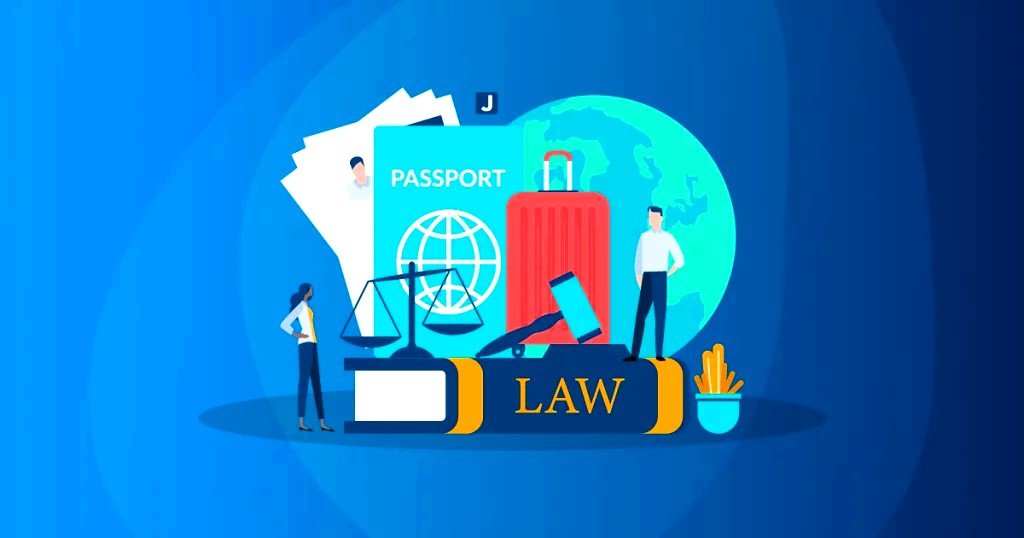Wrongful Termination: Understanding Your Rights 2023

In the world of employment, wrongful termination is an issue that can have serious repercussions for both employees and employers. This article will delve into the intricacies of wrongful termination, exploring its various aspects, causes, and consequences.
What is Wrongful Termination?
Wrongful termination, also known as wrongful dismissal, refers to the unjustifiable termination of an employee’s contract by their employer. It occurs when an employee is fired for reasons that violate their legal rights or breach the terms of their employment agreement.
Understanding Wrongful Termination
Wrongful termination is a legal concept that encompasses a broad range of employment termination situations. To fully understand it, we must dissect the different aspects and factors involved.
Legal Foundations
At its core, wrongful termination is based on the violation of either statutory or contractual rights. In the United States, for instance, employment is typically “at-will,” meaning that either the employer or employee can terminate the working relationship at any time, with or without cause. However, there are exceptions. Termination cannot be based on discriminatory factors such as race, gender, religion, age, disability, or national origin. Nor can it be in retaliation for the employee exercising legally protected rights like reporting workplace safety violations or filing complaints about harassment.
Discrimination as a Cause
One of the most prevalent forms of wrongful termination is discrimination-based. It occurs when an employee is let go due to a characteristic or factor protected by anti-discrimination laws. For example, if an older employee is terminated because the employer prefers younger workers, this constitutes wrongful termination based on age discrimination.
Retaliation Issues
Retaliation is another major cause of wrongful termination. This involves situations where an employee is fired as a form of revenge for engaging in legally protected activities. It could be as simple as reporting misconduct or participating in an investigation. In such cases, the law protects the employee from any form of retaliation.
Breach of Contract
Apart from discrimination and retaliation, wrongful termination can also stem from a breach of contract. When an employer and an employee have an assurance that specifies the terms of employment, including the conditions under which the work can be terminated, violating those terms can lead to a wrongful termination claim. This underscores the importance of clear and detailed employment contracts.
The Impact on Employees
The consequences of wrongful termination extend far beyond losing a job. Employees who have been wrongfully terminated often experience emotional distress and financial hardship. It can be emotionally devastating, especially when an employee feels that they were fired unjustly, and it can also disrupt one’s financial stability.
Emotional Impact
The emotional distress of wrongful termination can manifest in various ways. Employees may experience feelings of anger, betrayal, and frustration. It can lead to a loss of self-esteem and self-worth, impacting not only their professional but also their personal life. The stress of sudden unemployment and the uncertainty of finding a new job can take a significant toll on an individual’s mental health.
Read: How to Sumbit a Wrongful Termination Lawsuit 2023 LawyerMag
Financial Consequences
Financially, wrongful termination can be catastrophic. Loss of income can lead to difficulties in meeting basic living expenses, including rent or mortgage payments, bills, and daily necessities. Employees might also face challenges in finding new employment, which could result in long-term financial instability.
Professional Reputation
Another impact of wrongful termination is the damage it can cause to an employee’s professional reputation. When terminated unfairly, it may be challenging to explain the circumstances to future employers. A record of wrongful termination can make it more difficult to secure new job opportunities.
Reporting and Legal Remedies
Employees who believe they’ve been wrongfully terminated should take steps to protect their rights and seek redress.
Reporting
Reporting wrongful termination is the first step in resolving the issue. Depending on the jurisdiction, employees can report the violation to government agencies like the Equal Employment Opportunity Commission (EEOC) in the United States or seek internal remedies within the company.
Legal Remedies
Various legal remedies are available to victims of wrongful termination. These can include:
- Reinstatement: Rehiring the terminated employee.
- Back Pay: Compensation for lost wages during the period of unemployment.
- Front Pay: Compensation for future lost wages if reinstatement isn’t possible.
- Compensation for Emotional Distress: Damages for the emotional toll the wrongful termination has taken.
Handling Wrongful Termination as an Employer
Employers should be proactive in preventing wrongful termination, not only to avoid costly legal battles but also to create a fair and inclusive work environment.
Legal Consultation
Consulting with legal counsel is an essential step for employers. They need to be well-informed about employment laws to avoid potential legal disputes. Having a clear understanding of the legal aspects surrounding termination is crucial.
Internal Investigations
Employers should conduct internal investigations when necessary. If an employee reports a wrongful termination, it’s essential to investigate the claim thoroughly. This can help prevent further legal complications and ensure that the company maintains a fair and ethical workplace.
Real-Life Examples
Examining real-life examples of wrongful termination cases can shed light on the issue’s complexity and the need for awareness.
Case 1: Age Discrimination
In this case, an older employee claimed wrongful termination based on age discrimination. It’s a stark reminder that age discrimination is still a prevalent issue in workplaces, and employers need to be vigilant in preventing such occurrences.
Case 2: Whistleblowing Retaliation
The second case involves an employee who faced wrongful termination after blowing the whistle on unethical practices within the organization. It highlights the critical need for whistleblower protection and the importance of reporting misconduct without fear of retaliation.
The Role of HR
Human Resources departments play a pivotal role in preventing wrongful termination. They should ensure that all employment actions comply with laws and regulations. HR professionals need to promote fairness, respect, and a culture that values diversity and inclusion within the workplace.
Conclusion
Wrongful termination is a complex issue that can have profound effects on individuals and organizations. Understanding its various aspects, legal implications, and preventive measures is essential for creating a fair and just work environment.
FAQs
- What is wrongful termination?
- Wrongful termination is the unjustifiable termination of an employee’s contract by their employer, often for reasons that violate the employee’s legal rights or breach their employment agreement.
- How can I recognize signs of wrongful termination?
- Signs may include sudden job loss without a valid reason, discriminatory comments or actions, or retaliation against whistleblowers.
- What legal remedies are available to victims of wrongful termination?
- Legal remedies may include reinstatement, back pay, front pay, and compensation for emotional distress.
- How can employers prevent wrongful termination?
- Employers can prevent wrongful termination by implementing clear employment policies, providing management training, and fostering a diverse and inclusive work environment.
- What is the role of HR in preventing wrongful termination?
- HR departments play a vital role in ensuring compliance with employment laws, promoting fairness, and addressing issues related to wrongful termination.








One Comment